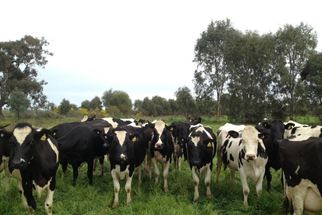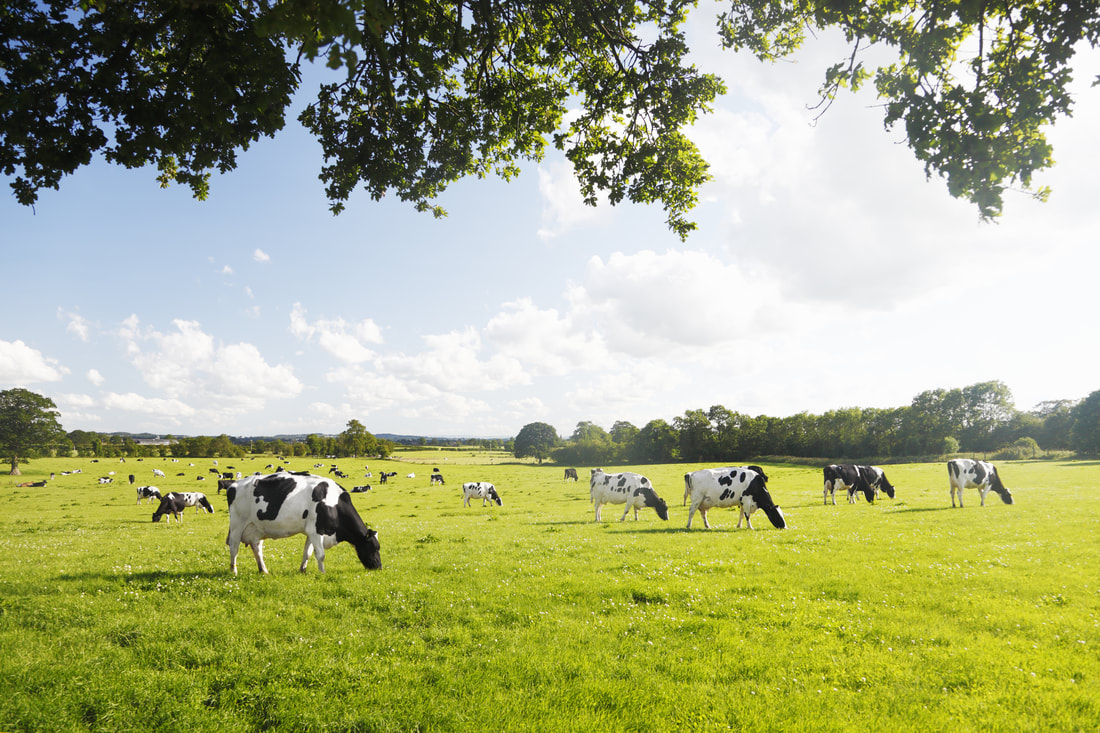|
3/1/2017 0 Comments Australian Dairying History Ever wondered how it all started? From humble beginnings, Australian dairying has grown into the vibrant, innovative and successful national industry that we know today – one that contributes $13 billion to Australia’s economy. But dairy cows are not native to Australia. Dairy cows first arrived in Australia in 1788, when the First Fleet landed in New South Wales. Two bulls and seven cows made the long trip from England and escaped into the nearby bushland not long after they arrived! The nine animals survived, however, and after six years they’d become a herd of 61. Australia’s first dairy farmers adapted quickly to their new environment, making butter and cheese during spring and summer – when cows produce most milk – and preserving these products with salt for autumn and winter. The dairy industry quickly grew. By 1800, through breeding and importing, Australia had a population of 322 bulls and 712 cows. In 1805 Dr John Harris built Sydney’s first commercial dairy in what’s now inner-suburban Ultimo, while the Van Diemen’s Land Company established Australia’s first commercial cheese factory in Tasmania in the 1820s. Not long after, farmers from the NSW district of Illawarra began to send their cheese and butter to Sydney by sea, and as more ports opened, dairying extended all the way down to Bega in southern NSW. In 1832, with two cows and two calves, John Fawkner arrived in what would become Melbourne. Ideal dairying conditions around Port Phillip Bay helped the herd to grow and within a year there were 155 cattle in the district. By 1850 there were 347,000. In 1891 there were almost one million dairy cows in Australia. The gold rush brought thousands of people to Australia. With its collapse, many were offered government pastoral leases on the outskirts of inland towns and dairy farming continued to spread. By 1900 there was hardly an Australian township, even in the outback, that did not have its own fresh milk. (article © 2016 Dairy Australia at http://www.dairy.edu.au )
0 Comments
Your comment will be posted after it is approved.
Leave a Reply. |
|
Wholefarm Australia Pty LtdOffice: Unit 3, 16 Veronica StreetCapalaba, QLD 4157, Australia. Postal: PO Box 5698, Alexandra Hills, Qld 4161, Australia. Phone No:+61 7 3824 4737 Email: [email protected] copyright Wholefarm Australia Pty Ltd 2023 all rights reserved |

